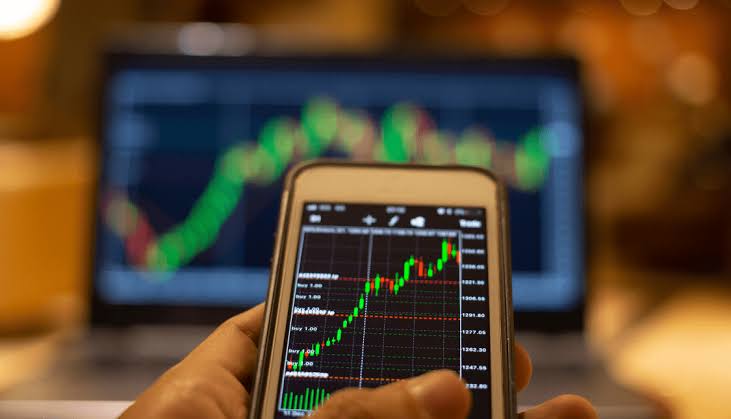As the foreign exchange market continues to experience illiquidity due to the scarcity of the greenback at official counters, foreign investors have continued to withdraw from the Nigerian market as their shareholding in the stock market has depreciated to 14.7% .
According to United Capital’s “Nigerian Equities Market H1-2022 Review and Outlook” released over the weekend, domestic investors have maintained dominance over the activities of the local exchange controlling 85.3% of total transactions, leaving foreign investors with 14.7%.
The report cited uncertainties in the economy such as political risk, inaccessibility of currencies and other global trends that have led to an unprecedented outflow of foreign portfolio investors (REITs).
“In line with our expectations, domestic investor participation in the equity market was mainly driven by domestic investors. According to NGX data on the participation of foreign and domestic investors in the equity market at the end of June 2022, the distribution of market participants during the period under review shows that domestic investors mainly led the market with 85.3% of total transactions, leaving foreign investors investing with 14.7% of total transactions in the first half of 2022.
“These data suggest the continuation of the downward trend in the participation of foreign players. The plausible factors highlighted in our fiscal year 2022 economic outlook paper, “Navigating Stormy Seas” remain valid, especially with the absence of positive catalysts, lingering forex illiquidity issues and crystallizing downside risks. standardization of policies, thus creating a wet blanket on local market attractiveness. stock market”.
In the first half of 2022, domestic investors’ trading activities in the market recorded transactions worth N1.4 trillion, in June 2022, while international investors’ trading activities stood at 243, 5 billion naira.
Analysis of the activities of foreign equity investors along equity inflows versus equity outflows shows a net outflow of N2.5 billion after total inflows of N120.5 billion against outflows of worth N123 billion at the end of the first half of 2022.
Regarding the pre-election year syndrome that typically drives exit, he noted that historically the last six months leading up to an election year have always been negative for the stock market.
“Since 2002, Nigeria has held five general elections, with benchmark NGX-ASI losing an average of 2.9% in the second half, July December of the pre-election year.
“Interestingly, NGX-ASI lost four of the five second halves of the pre-election year in all five election cycles. So, excluding the one-time 26.9% gain in the second half of 2006 preceding the 2007 general election, Nigerian stocks lost an average of 10.3% over the four seconds of the pre-election years,” he pointed out. .
He added that the poor performance of Nigerian stocks in the second half of a pre-election year is best understood when analyzing the behavior of investor categories during the period.
According to data from the National Pensions Commission (PenCom), the allocation of pension fund administrators (PFAs) to domestic equities declined by an average of 14.8% in the second half of the last two pre-election years S2- 2014: -15.0%, H2 -2018: -14.6%.
“The PFAs that are currently dictating the pace of stock market direction tend to be itchy towards Nigerian equities in a pre-election cycle. For REITs, the consensus that they tend to exit emerging market equities whenever an election season begins holds true for Nigeria. For context, over the last two pre-election years, data from the Nigerian Exchange Group (NGX) shows that REITs were net sellers of Nigerian stocks to the tune of N81.8 billion in the second half of the year. a pre-election year.
“Furthermore, data from the National Bureau of Statistics shows that REIT stock inflows in the second half of the last three pre-election years declined an average of 26.9% compared to the first half of the same year, H2 – 2010: -2.2%, H2-2014: -13.4% and H2-2018: -65.0%,” he added.

